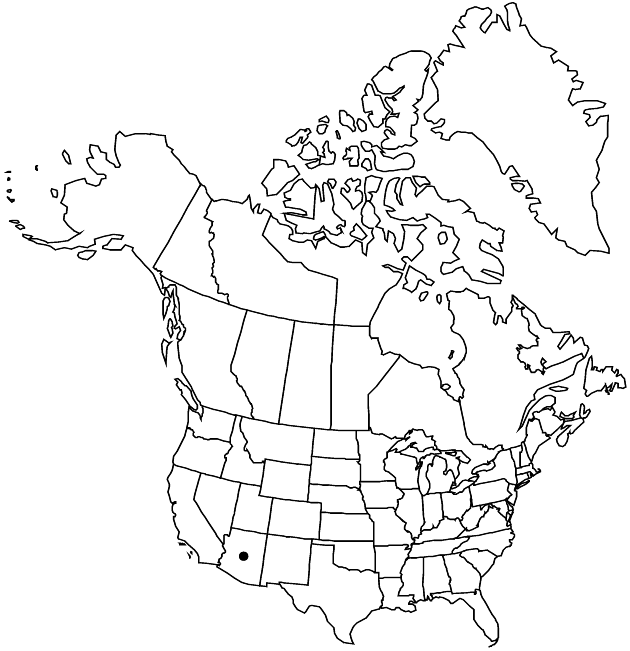Erigeron heliographis
Phytologia 69: 230. 1990.
Perennials, 1.5–4.5 cm; taprooted, caudex branches relatively thick, short, retaining old leaf-bases. Stems erect, usually sparsely strigose, eglandular. Leaves basal (persistent) and cauline; basal blades linear to barely linear-oblanceolate, 10–20 (–40) × 0.5–0.9 mm, cauline slightly reduced distally, margins entire, faces sparsely strigose or glabrous, eglandular. Heads 1 (–3). Involucres 3–4 × 5–6 mm. Phyllaries in 3–4 series (purplish), sparsely strigose, little, if at all, minutely glandular. Ray-florets 20–23; corollas laminae white, drying white to lavender, 5–8 mm, laminae reflexing. Disc corollas 3–3.5 mm. Cypselae ca. 1.2 mm, 2-nerved, faces sparsely strigose; pappi: outer of setae, inner of 16–21 bristles.
Phenology: Flowering May–Jul.
Habitat: Boulder and cliff crevices, oak, pine-fir, mixed conifer
Elevation: 2500–3200 m
Discussion
Of conservation concern.
Selected References
None.
